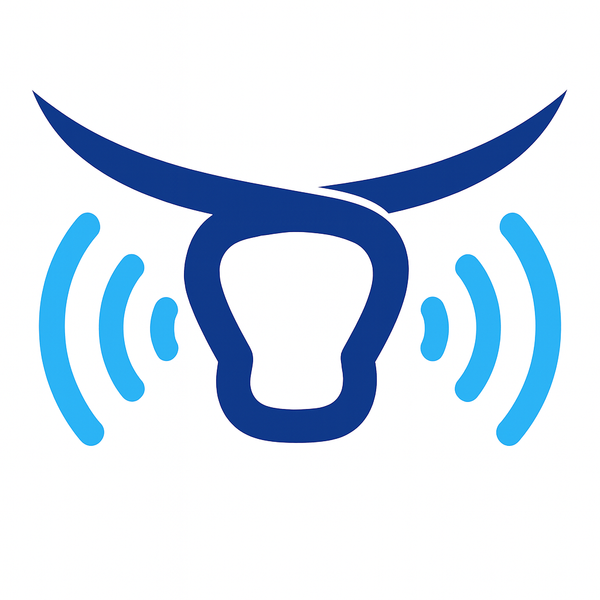Education
1. NLIS Electronic (EID) Tags - there are two individual numbers associated with each NLIS electronic tag, an Radio Frequency ID (RFID) on the inside of the EID tag (read by an electronic scanner) and an NLIS-ID number printed on the outside of the EID tag. The electronic RFID tag is the ID used by stock agents at the sale yards. The NLIS-ID printed on the outside is used by folks who do not have access to an electronic tag reader. You can download both tag numbers for the current EID tags issued to your property from the NLIS online database (see section 2 and 3 below).
If you have any additional queries about the NLIS program and how it works please call the free NLIS Customer Support Line on : 1800 654 743
2. NLIS Cattle Transfer Process - ensures that all cattle movements between properties in Australia are recorded on the NLIS database for traceability and biosecurity. When cattle are bought, sold, or moved to a new property, the new owner (or receiver) must update the NLIS system within 48 hours, either by manually entering tag details or uploading a file. This process tracks where each animal has been and is legally required for all transfers, including through saleyards, private sales, and exports. Timely and accurate transfers help protect Australia’s livestock industry and avoid penalties for non-compliance. Click here to view and download the 4 page transfer guide (below)
3. NLIS User Guide (38 pages) - to download click here
Learn how to upload and manage your scanned RFID records with this easy to follow user guide from the NLIS.
4. Beef Cattle Health and Husbandry NSW North Coast - Free E Book (230 pages)
5. Producers Guide to Sheep Husbandry Practices - Free E Book (56 pages)
6. Tropical Beef Production Manual - Free E Book (114 pages)
7. Guide to Organic Livestock Production - Free E Book (108 pages)







